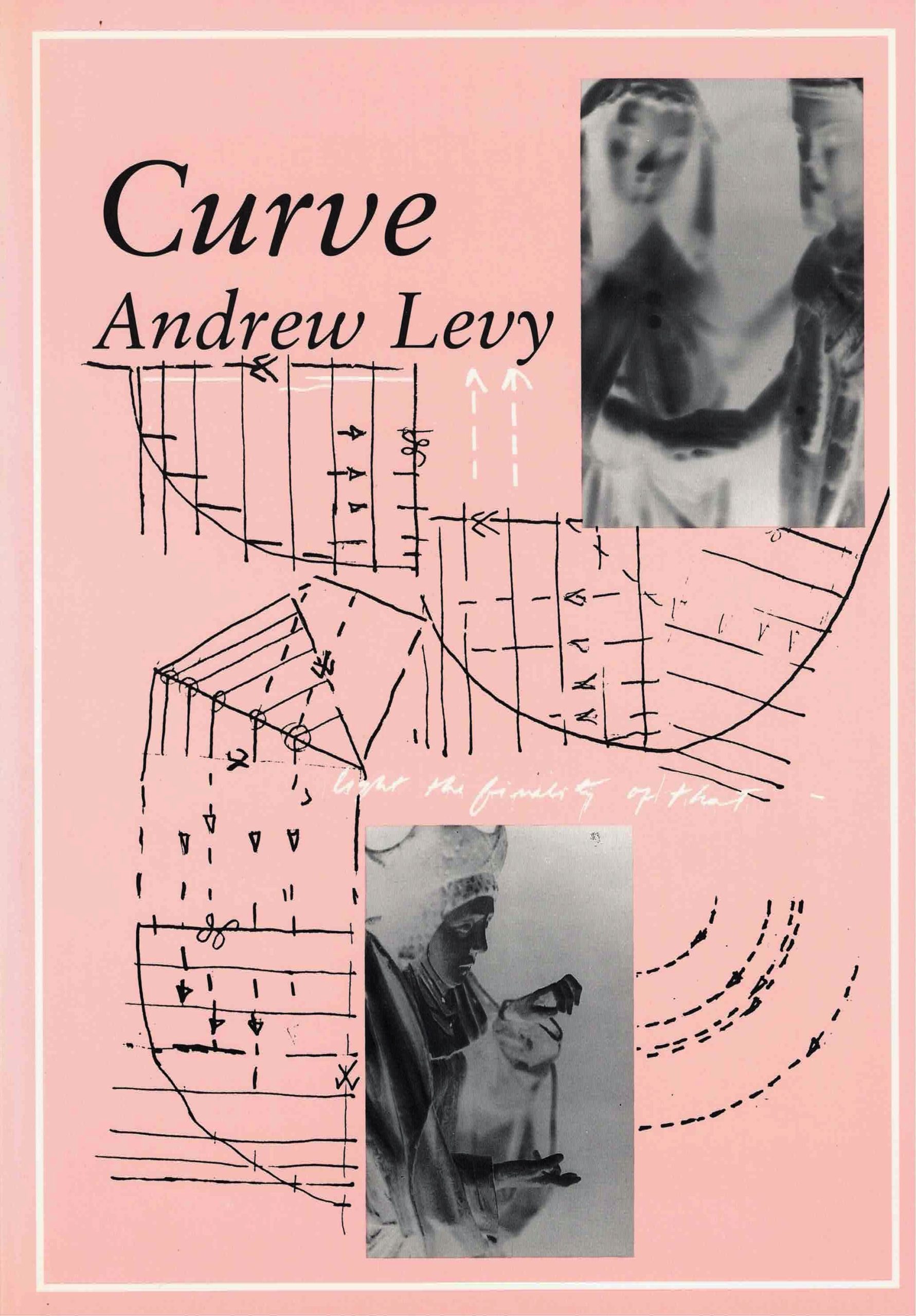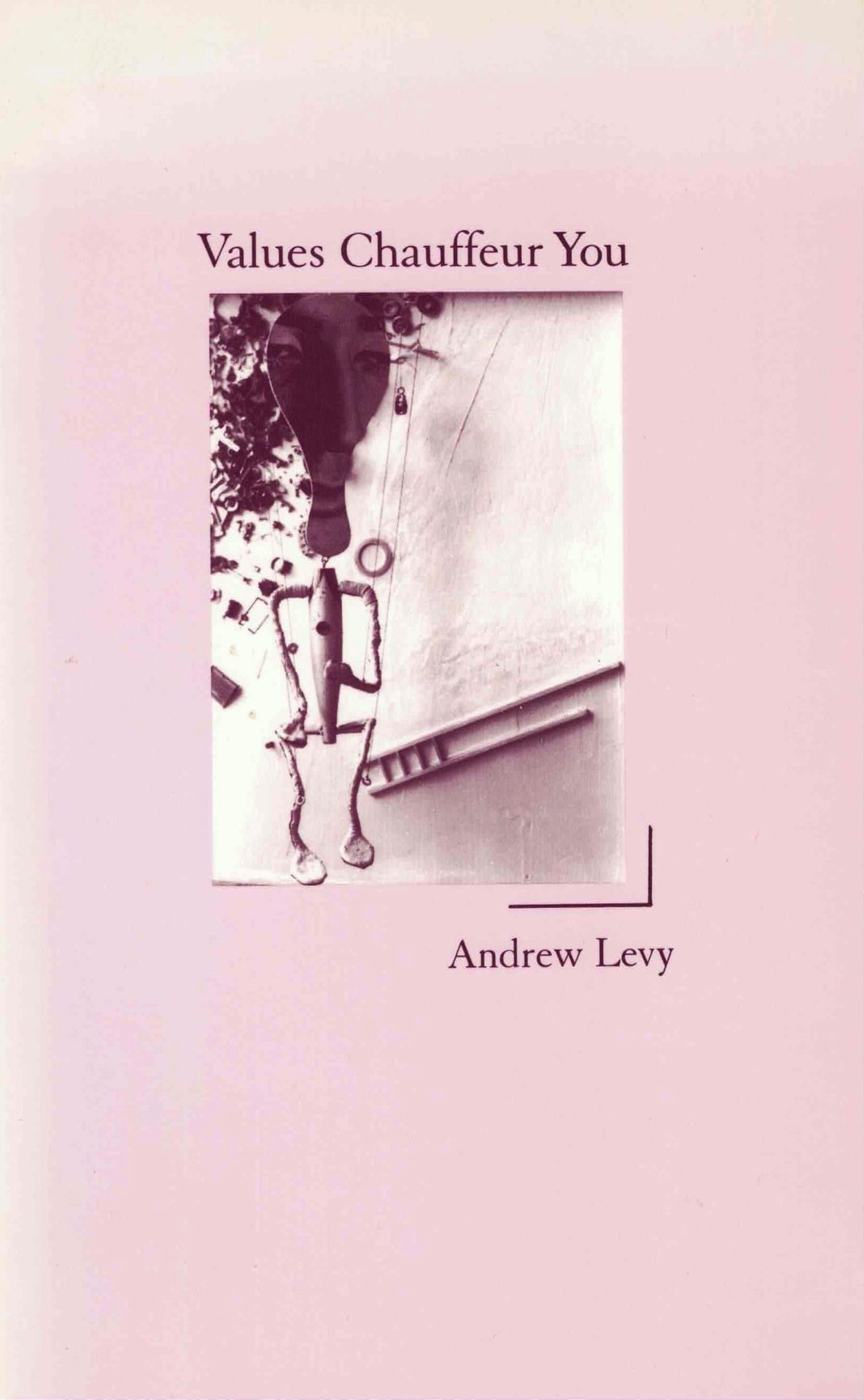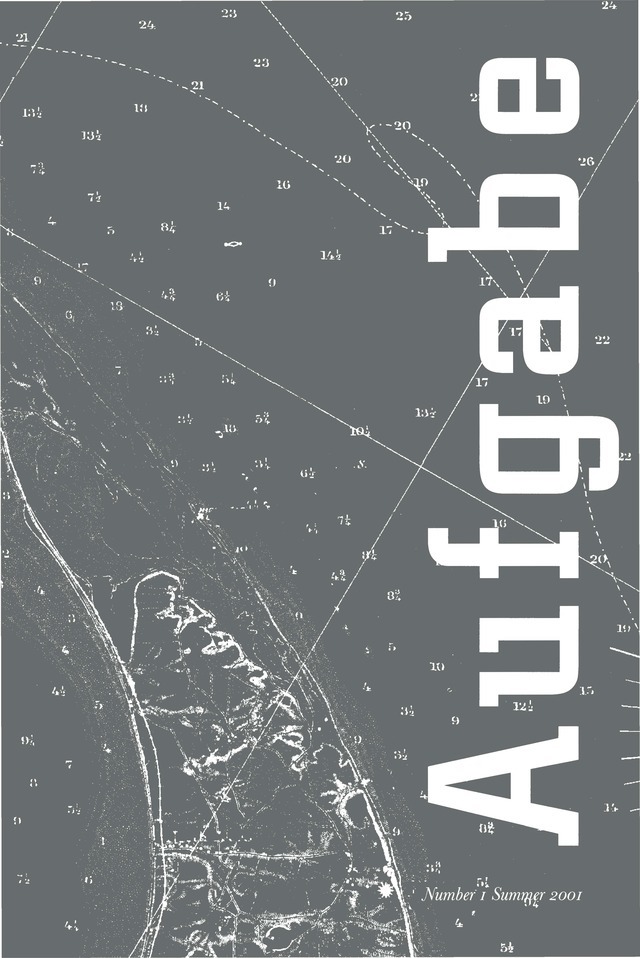Curve is a collection of poems that bends in time and space, progressing through constant change, conversant with the alternating shape of representation’s operation. Moving forward and back, it casts a light on the way language behaves of its own accord.
~
the lines as shadows altered resolving transpire
there’s a part of me
somebody else’s soul and body the idiocy of age
full of images in an earlier poem
some invisible propensity our history stays
Flying over the delta in the translucence of their
error the new missions smoke trail
‘I don’t mean that much can be explained’
clarity cuts me
— from Curve
Andrew Levy
Praise for Curve
The story is yearning, the mirror is broken, every shard a discrete part of this puzzling. The story is palimpsest, the mirror is clouded; its irregular pieces, jagged and possibly dangerous, alert us with alacrity that this writing confronts the relationship between the apparent whole, a one-ness (lost? illusory?) and “its” existential fragments. In virtual overlays, “salvage device plants,” “myth of the not her blood” and “the replication of care” diagram memory and experience topographically, anatomically, historically, ahistorically, economically, epistemologically… emotionally… syntactically… “It’s more than just a window.” The searching contemporary American idiom teases discrepancies of experience, dream and thought to its refractory surface, inviting the reader to join in this acute scrutiny. We are placed in the urgent reading of the I and you as immediacy.
— Norma Cole
“Everything is readable/No one knows what’s next” — these lines late in his book characterize Andrew Levy’s poetry. That we can’t decide whether intentionally or not makes the pleasure of Curve all the greater. John Cage liked best “art that is incomprehensible (Joyce and Duchamp) and… art that is too nose on your face (Satie).” Andrew’s poems seem at once to have both these qualities. “Such artists,” wrote Cage, “remain forever useful… in each moment of our daily lives.”
— Jackson Mac Low
Andrew Levy uses thought to restructure language in the direction of feeling. Andrew places feeling against the grid of thought. Which of these is correct? — In the central section of this book Andrew has written some of the most lovely love poems of our time. That is the answer.
— Alan Davies





To read Curve is to catch language bending: usually away from the writer’s control.
— Andrew Klobucar, “How to Read the Hand Writing”